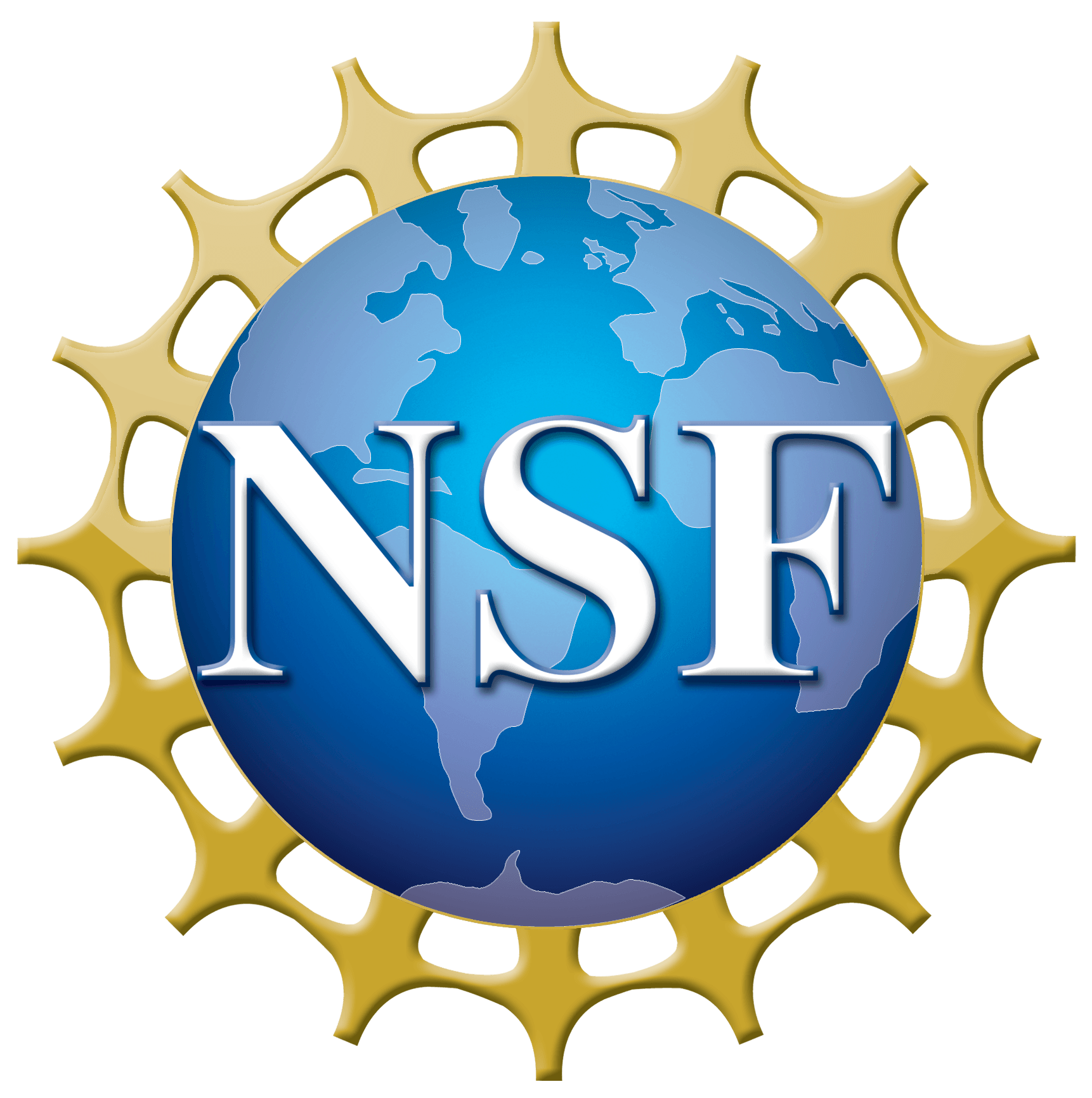Latest NRAO News
News is managed by NRAO News & Public Information. Questions about News? Have a story to share? Want to interview a scientist or create new media about our telescopes?

High-energy transient signals are most often determined to be gamma-ray burst events, but the recently-launched Einstein Probe has expanded astronomers’ ability to quickly respond to similar signals occurring at X-ray wavelengths.
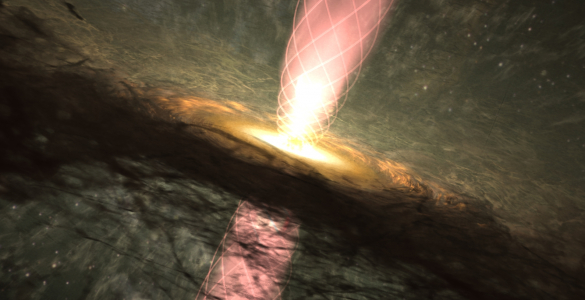
New observations from the National Science Foundation National Radio Astronomy Observatory’s (NSF NRAO) Karl G. Jansky Very Large Array (NSF VLA) provide compelling evidence supporting a universal mechanism for the collimation of astrophysical jets, regardless of their origin. A new study, published in the Astrophysical Journal Letters, reveals the presence of a helical magnetic field within the HH 80-81 protostellar jet, a finding that mirrors similar structures observed in jets emanating from supermassive black holes.
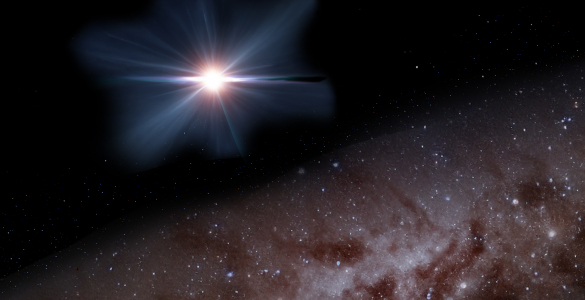
A groundbreaking discovery has revealed the presence of a blazar—a supermassive black hole with a jet pointed directly at Earth—at an extraordinary redshift of 7.0. The object, designated VLASS J041009.05−013919.88 (J0410−0139), is the most distant blazar ever identified, providing a rare glimpse into the epoch of reionization when the universe was less than 800 million years old. This discovery challenges existing models of black hole and galaxy formation in the early cosmos.
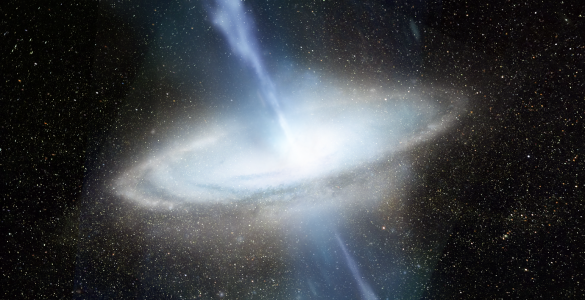
NGC 1068 is a well-known, relatively nearby, bright galaxy with a supermassive black hole at its center. Despite its…
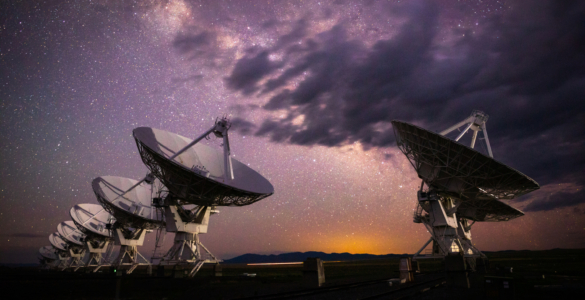
Scientists and engineers from the U.S. National Science Foundation National Radio Astronomy Observatory (NSF NRAO) and Lonestar Data Holdings…
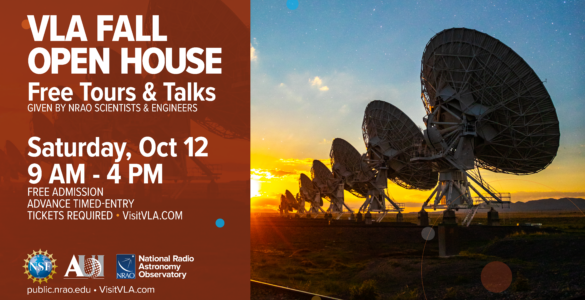
The U.S. National Science Foundation National Radio Astronomy Observatory (NSF NRAO) is thrilled to invite the public to the NSF Very Large Array (NSF VLA) Fall Open House on Saturday, October 12, 2024, from 9:00 am to 4:00 pm.

An international team of astronomers has demonstrated that this persistent radiation originates from a plasma bubble, shedding new light on the enigmatic sources powering these cosmic phenomena.
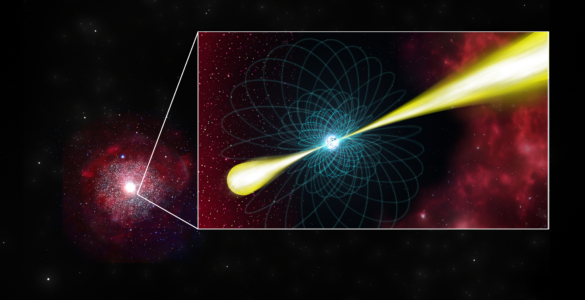
A team of astronomers has found a new tool to discover pulsars. Pulsars are rapidly rotating neutron stars that blast out pulses of radiation at regular intervals ranging from seconds to milliseconds.

The VLA Spring Open House promises a day filled with enriching experiences, including guided tours, captivating talks, educational activities, and a variety of local food options.
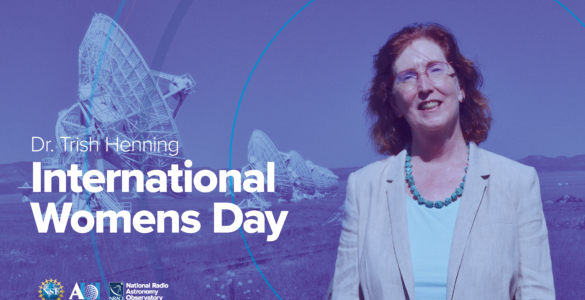
This International Women’s Day, the National Radio Astronomy Observatory (NRAO) celebrates the selection of Dr. Patricia (Trish) Henning as the next Associate Director for New Mexico Operations




